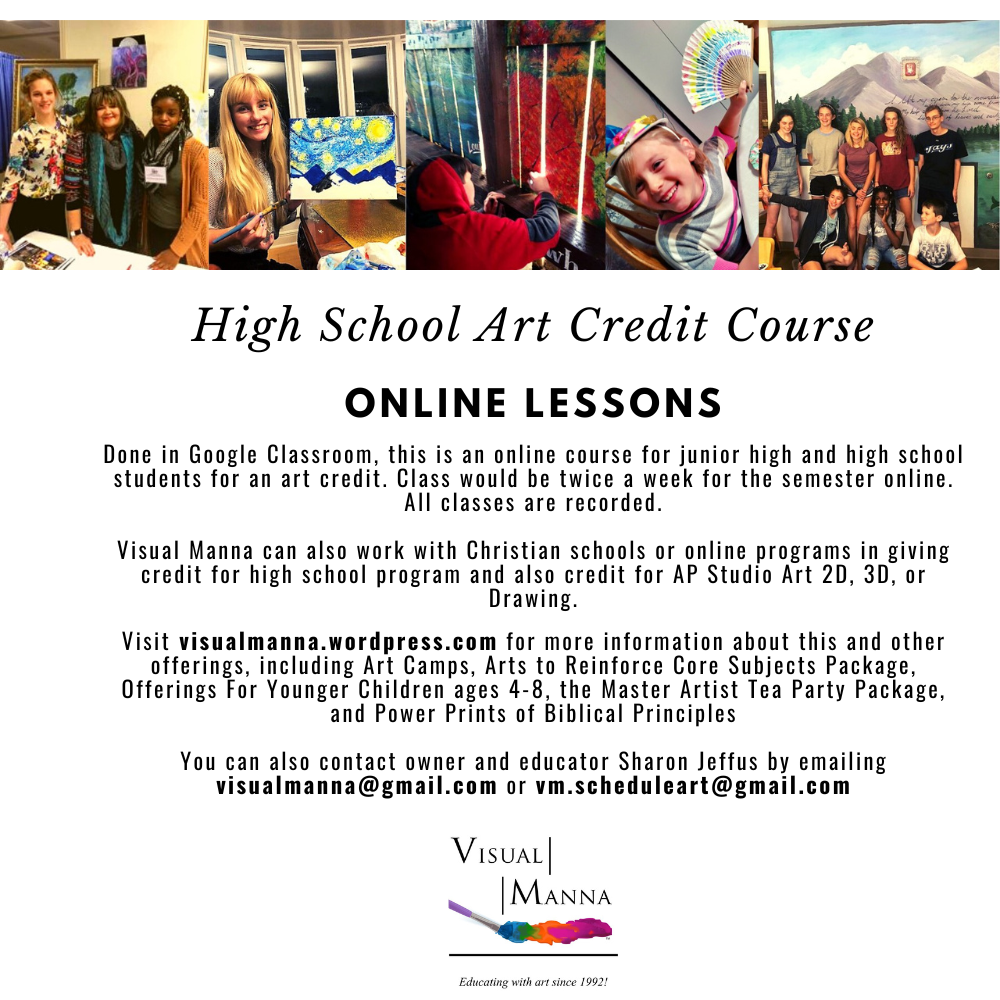Right-Brain Writing
Writing comes naturally for many children, and others learn it only after the writing process is taught in detail. However, some children never find writing easy, and they avoid it like the plague. These children continue to struggle with the process of writing a cohesive paragraph or composition. What is going on?
Many of these children have an undiagnosed dysgraphia, or blocked writing gate. They are the children who reversed letters and numbers longer than their siblings did; switched handedness when they were younger; and exhibited many visual/spatial issues, such as lining up math problems incorrectly. In other words, the act of writing, or head-to-hand processing, did not transfer properly to their automatic brain hemisphere. For this reason, thinking and writing at the same time takes much more energy for them than for those without this visual/spatial block.
These students might have been carefully taught “regular” methods of writing, such as reading a passage and highlighting the main ideas, making a list of action verbs or colorful adjectives to use, and outlining their topic. While all these methods are excellent, these students continue to be non-writers. They can journal fine because that process does not include any organization of thoughts, but is merely a conversational rambling.
What I discovered is that loose-thought patterns plague many of these children. They cannot easily think in an organized manner and therefore cannot write in an organized manner, no matter how much practice they have. Because none of the classroom curricula works, I developed my own strategy of teaching writing and used it with the sixth through eighth graders I worked with.
Shape Rather Than Correct
It was important for me to shape, rather than correct their work. If I didn’t correct, then how did I handle misspellings? I did not mark them on their paper but rather harvested their misspelled words and added them to our list of spelling words for the week. I then taught them how to use their photographic memories to store these tricky spelling words. I ignored mistakes in punctuation or style. Instead, I shaped their writing skills in a subtle way by giving them points for every good thing that was on the paper. For example, they received points for starting with a capital letter, ending with a period, giving good adjectives, etc.
Then I taught those missed skills the next week just before we wrote our next paper. If they had written many run-on sentences the week before, I taught them how to avoid run-on sentences. If they were putting numerous adjectives in a sentence without commas, I taught that skill. This way I could shape their writing when they were approaching the assignment rather than after they had written it. This proved to be so much more successful for them.
Reward
One powerful element of this method was that each point was assigned a reward. For example, they could earn one less math problem to do, have more time on a computer game, receive the opportunity to stay up later, earn money, etc. No matter what the age the child or how small the reward, all the kids liked to get them and wrote more to earn them.
Also, each week I would add another example or thought to our blobs of information about the topic we were writing. As a result of these baby steps, by the end of the year my students were writing four-page papers on their own by just being given a topic to write about. It was impressive and easy.
Success
Why do I call this the Universal Writing Method? I have seen that it always works, no matter what. After students have learned how to think while writing, they are ready to use writing methods that focus on more of a polishing technique. They become writers.
Dianne Craft is a former homeschool mom with a master’s degree in education. Her books and DVDs have helped families remove learning blocks in their struggling children. Visit her website www.diannecraft. org for articles on children and learning. Her protégé, Pamela Gates, will be speaking the 2018 Virginia Homeschool Convention. Check out her workshops here!
This article was first published in the fall issue of the 2014 Virginia Home Educator Magazine.









